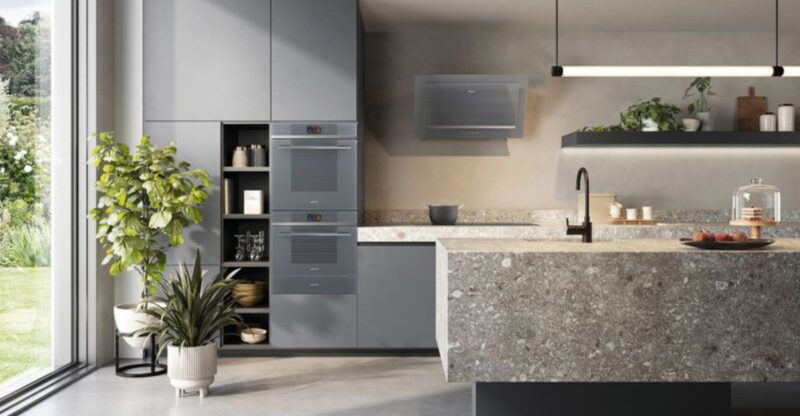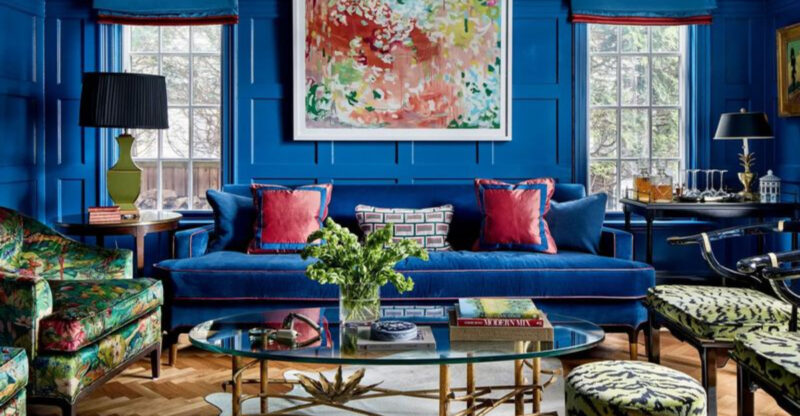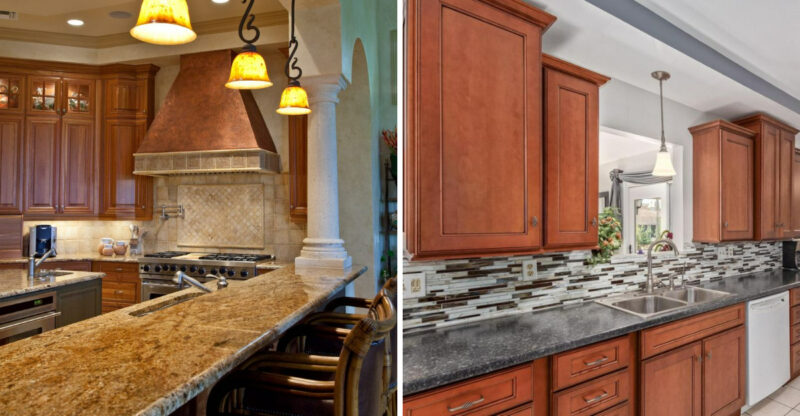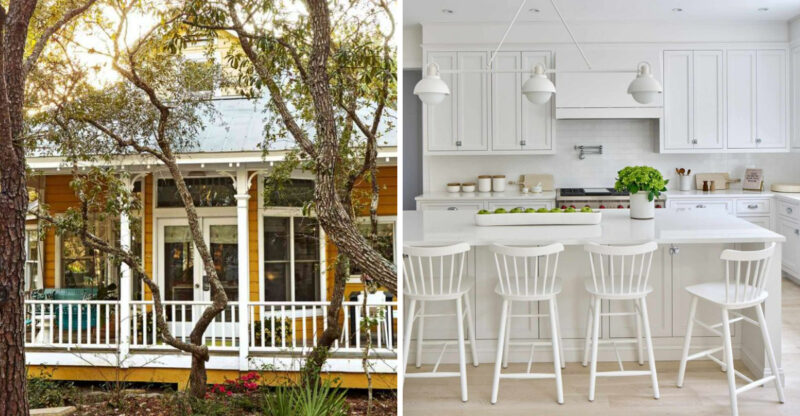19 South Carolina House Designs New Homeowners Just Aren’t Choosing Anymore
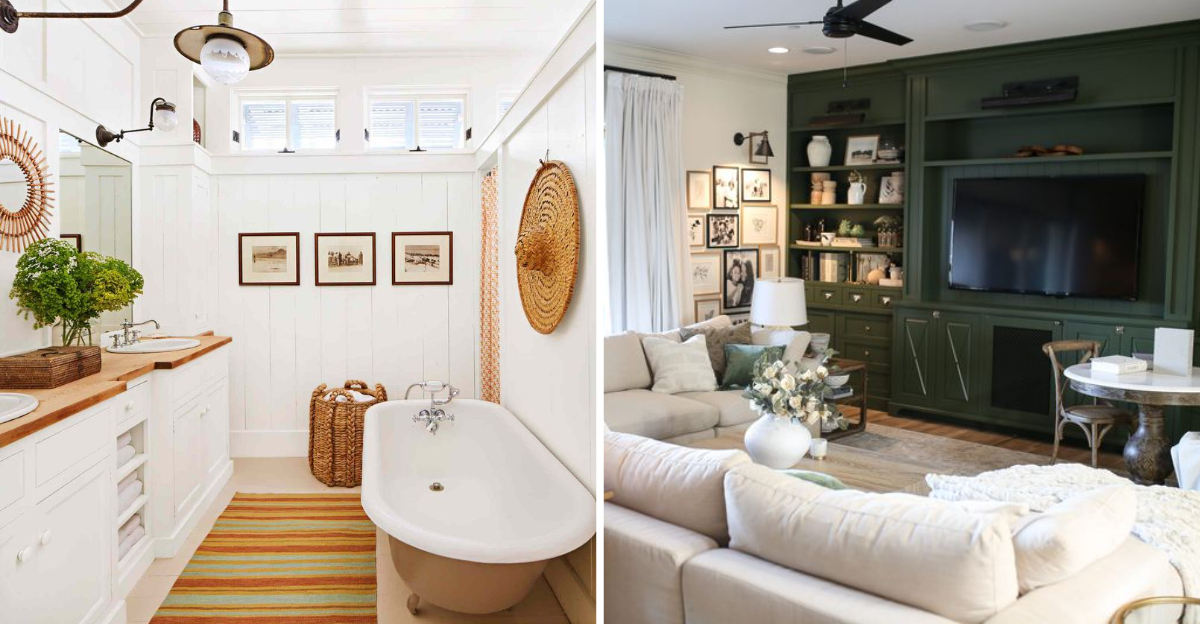
South Carolina has always been a state where tradition meets modern living, but lately, new homeowners are making different choices when it comes to house designs.
What was popular just a decade ago now sits on the market longer, as buyers look for homes that match today’s lifestyles and tastes.
I’m here to walk you through the architectural styles and design features that are quietly disappearing from the South Carolina real estate scene, and why younger buyers are passing them by.
1. Formal Living Rooms
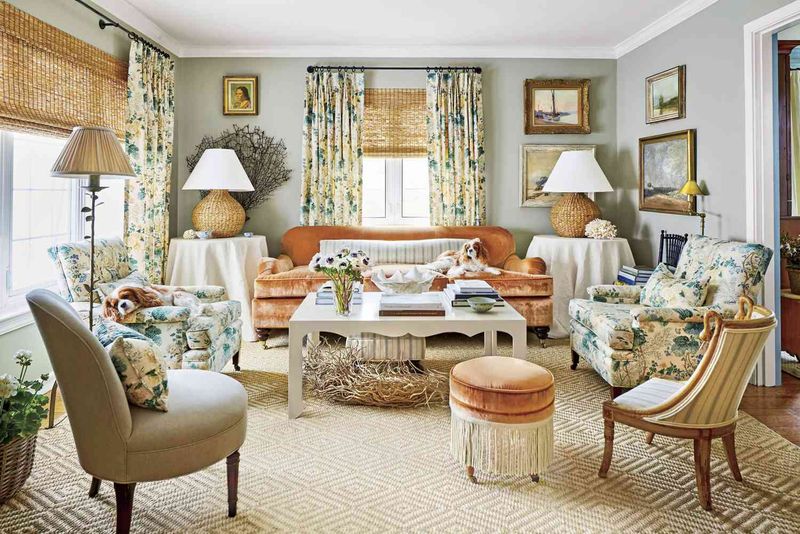
When was the last time you actually used a formal living room? Most new homeowners in South Carolina are skipping this feature entirely because it feels like wasted space. These rooms typically sit at the front of the house, filled with furniture nobody’s allowed to touch, collecting dust while family life happens elsewhere.
Modern buyers want open floor plans where every square foot gets used daily. They’d rather have a cozy family room that connects to the kitchen, where everyone can hang out together. If you’re designing or buying a home today, think about how you’ll actually live in the space, not how it looks in a magazine.
Flexibility matters more than formality now.
2. Carpeted Bathrooms
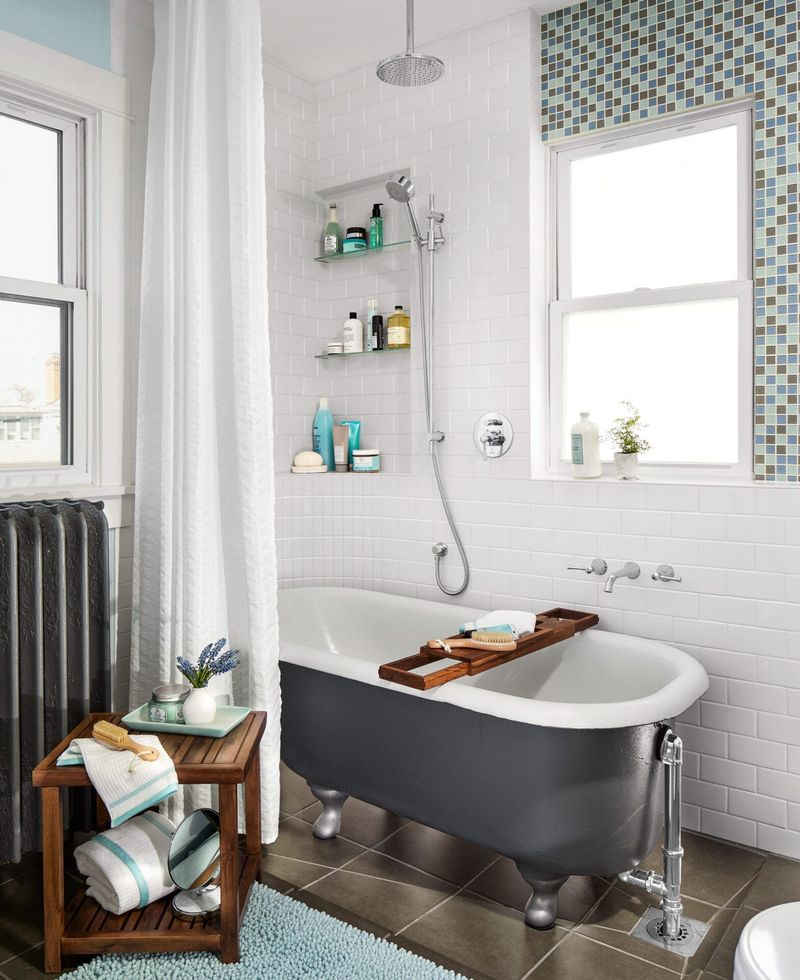
It’s hard to believe this was ever a trend, but carpeted bathrooms were once considered luxurious in South Carolina homes. The idea was to add warmth and comfort underfoot, especially during cooler months. However, moisture and carpet don’t mix well, leading to mold, mildew, and unpleasant odors that are nearly impossible to eliminate completely.
Today’s homeowners prioritize cleanliness and low maintenance. They’re choosing tile, vinyl, or heated flooring options that look great and actually make sense in a wet environment. Nobody wants to step onto soggy carpet after a shower or worry about bacteria growing beneath their feet.
Practicality wins every time in modern bathroom design.
3. Popcorn Ceilings
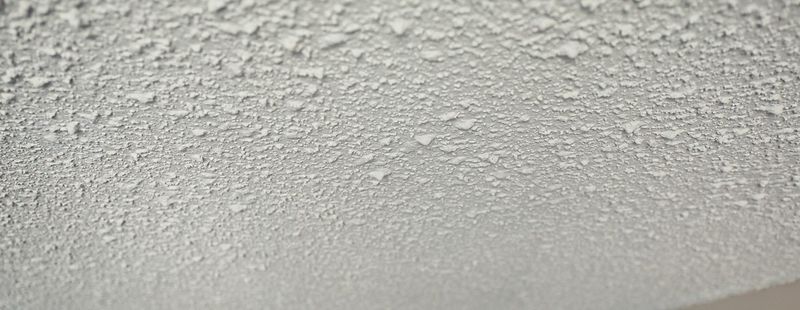
How do you feel about ceilings that look like they’ve been sprayed with cottage cheese? Popcorn ceilings were everywhere in South Carolina homes built between the 1960s and 1990s, mainly because they were cheap and hid imperfections.
But they trap dust, make rooms feel dated, and can even contain asbestos in older homes, which is a serious health concern. Smooth ceilings are what buyers want now.
They reflect light better, make spaces feel more open, and give homes a clean, contemporary appearance. Removing popcorn texture has become one of the most common renovation projects before selling. Clean lines and simplicity define today’s aesthetic preferences.
4. Sunken Living Rooms
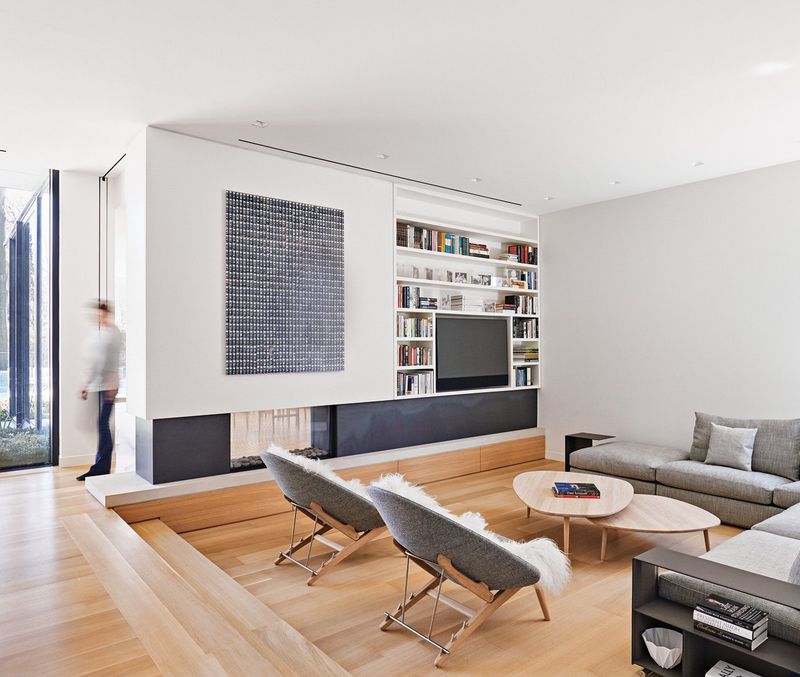
Did you ever trip going into someone’s living room because it sat two steps below everything else? Sunken living rooms were a hallmark of 1970s design, creating a conversation pit vibe that felt trendy at the time. But these spaces present real problems for families with young children, elderly relatives, or anyone with mobility challenges.
Safety concerns aside, they also interrupt the flow of modern open-concept layouts. Today’s buyers want smooth transitions between rooms, not unexpected level changes that require watching your step. Plus, filling in a sunken room during renovation is expensive and complicated.
Accessibility and seamless flow matter more than retro architectural quirks.
5. Wall-to-Wall Mirrors
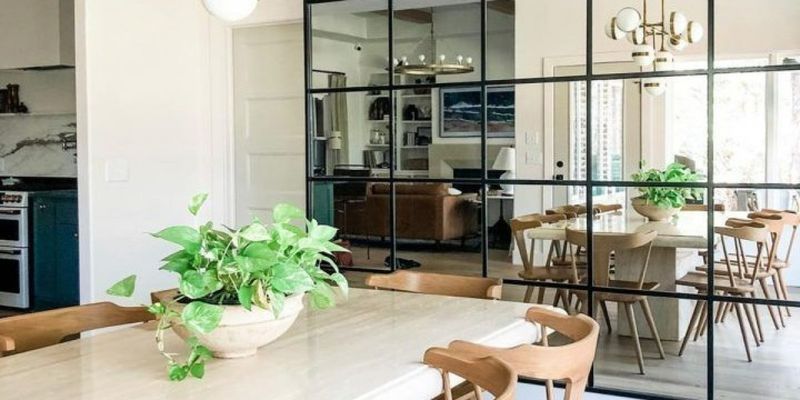
Though they were meant to make rooms look bigger, wall-to-wall mirrors now scream outdated design. South Carolina homes from the 1980s often featured entire walls covered in mirrored tiles or panels, especially in dining rooms and entryways. The effect can be disorienting, and cleaning them is a nightmare that never ends.
Modern homeowners prefer strategic mirror placement that serves a purpose without overwhelming a space. A well-chosen statement mirror can add light and dimension, but covering an entire wall feels excessive and dated. Plus, removing mirror walls is difficult and potentially dangerous.
Less is definitely more when it comes to reflective surfaces in today’s homes.
6. Brass Fixtures Everywhere
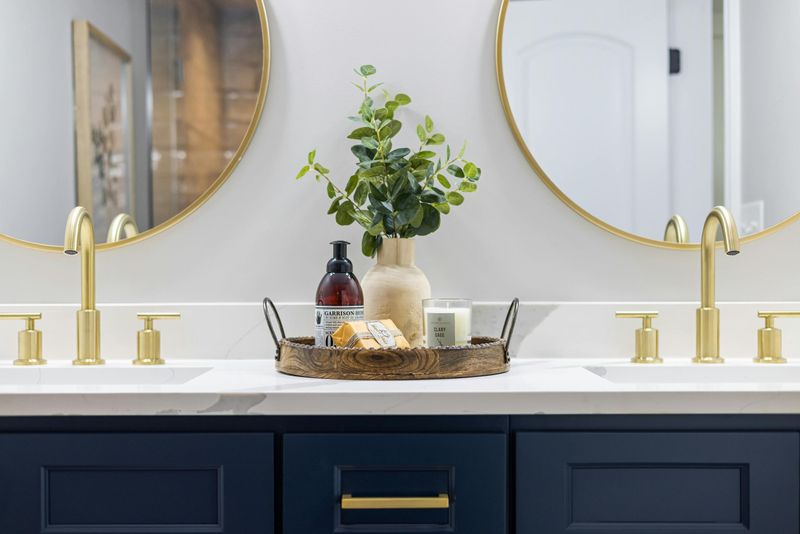
Are you still holding onto those shiny brass doorknobs and light fixtures? Brass hardware was the gold standard in South Carolina homes during the 1980s and 1990s, showing up on everything from bathroom faucets to cabinet pulls. But the high-shine yellow finish now looks dated and clashes with modern color palettes that favor cooler tones.
Today’s buyers gravitate toward brushed nickel, matte black, or oil-rubbed bronze finishes that feel more contemporary. These options are versatile and won’t make your home feel stuck in a time warp. Updating fixtures is one of the easiest ways to modernize any space.
Small changes in hardware can dramatically update your home’s entire look.
7. Vertical Blinds
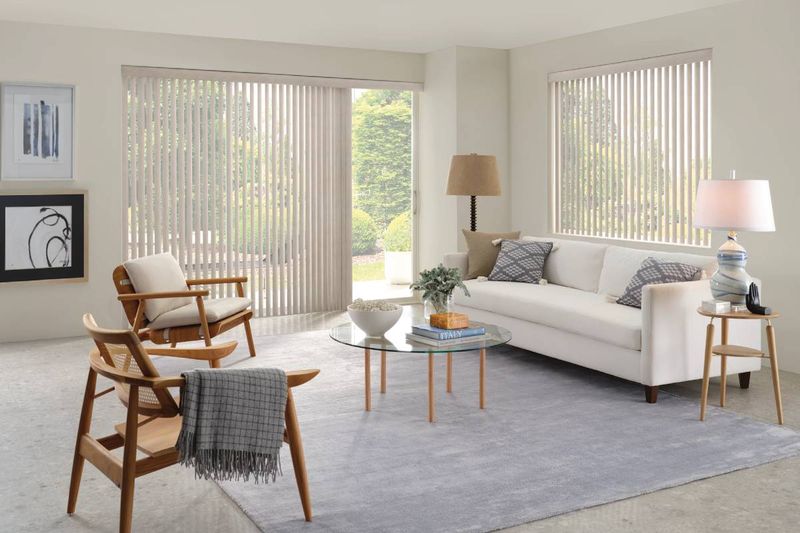
If you’ve ever fought with vertical blinds on a sliding glass door, you know the frustration they bring. These blinds were practical for covering large windows and doors in South Carolina homes, especially those overlooking patios or pools. But they break easily, make annoying clacking sounds in the breeze, and give homes an office-like atmosphere rather than a cozy residential feel.
Modern window treatments include plantation shutters, cellular shades, or even simple curtain panels that add warmth and style. These alternatives control light and privacy while actually enhancing your decor. Nobody misses wrestling with those plastic slats that constantly fall off their tracks.
Functional doesn’t have to mean ugly or frustrating.
8. Laminate Countertops
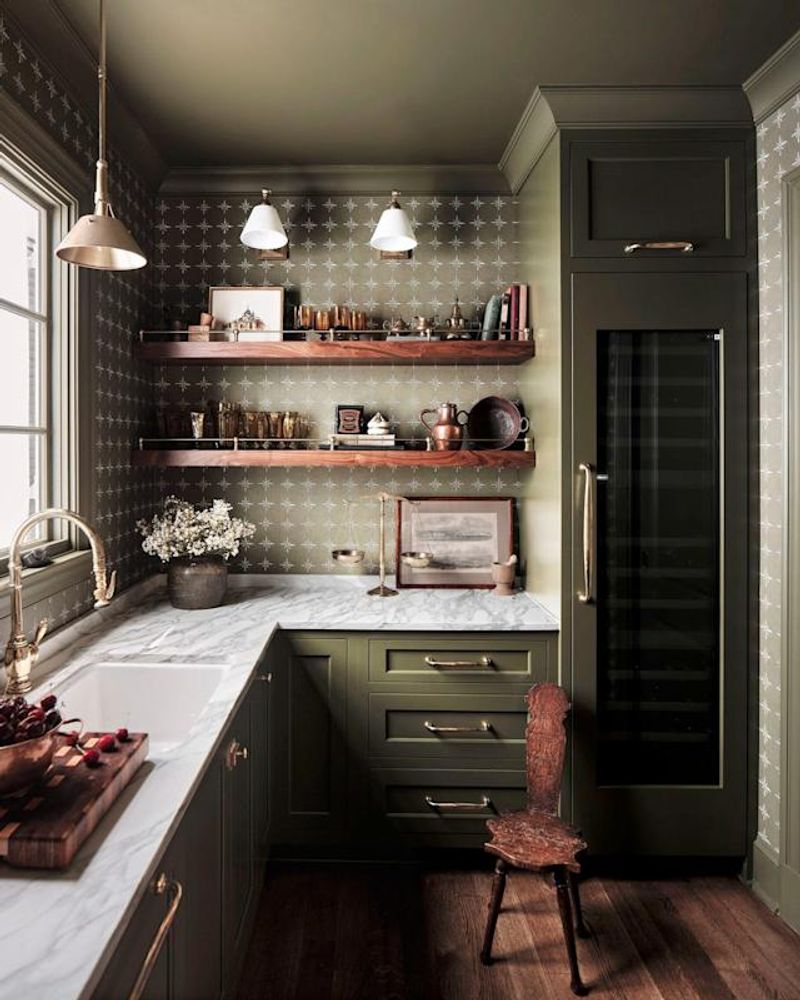
When budget was the main concern, laminate countertops were the go-to choice in South Carolina kitchens. They came in countless patterns, including some truly unfortunate designs that tried to mimic stone but fooled nobody. Over time, laminate chips, stains, and peels, especially around sinks and high-use areas where moisture gets underneath the surface.
Today’s homeowners invest in quartz, granite, or even butcher block surfaces that last longer and add real value. These materials withstand daily use and look beautiful for years without the cheap appearance that laminate inevitably develops. Kitchens are where people spend most of their time, so quality matters here.
Countertops set the tone for your entire kitchen aesthetic.
9. Wallpaper Borders

It’s funny how a thin strip of decorative paper near the ceiling once seemed like the height of sophistication. Wallpaper borders showed up in South Carolina homes throughout the 1990s, featuring everything from country geese to floral vines. They were supposed to add character without the commitment of full wallpaper, but they actually just dated rooms instantly.
Removing these borders is surprisingly difficult because the adhesive often damages paint or drywall underneath. Modern design favors clean walls with color and texture coming from furniture, art, and textiles instead. If you want visual interest, an accent wall or quality artwork works much better.
Sometimes the best decoration is simply a well-painted wall.
10. Separate Dining Rooms
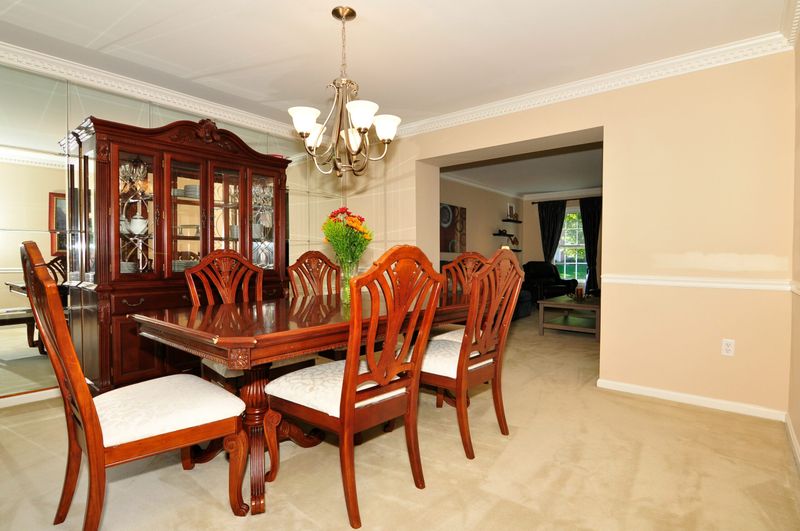
How often do families actually use a separate dining room these days? In South Carolina homes, these formal spaces are increasingly seen as wasted square footage. New homeowners prefer eating in the kitchen or at a table that’s part of an open living area where they can interact with guests while cooking.
The shift reflects how we live now, with casual gatherings replacing formal dinner parties. Many people are converting unused dining rooms into home offices, playrooms, or hobby spaces that get daily use. Real estate agents report that homes with flexible spaces sell faster than those with rigid, single-purpose rooms.
Functionality trumps formality in today’s busy households and lifestyles.
11. Jacuzzi Tubs
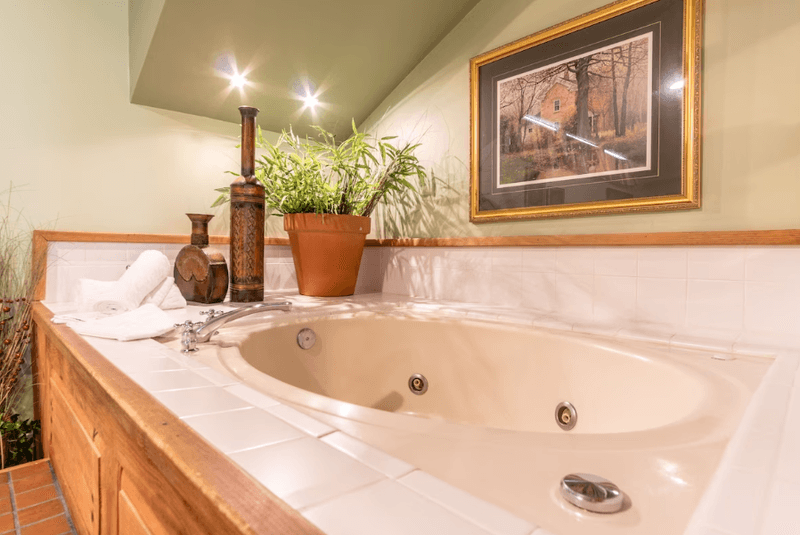
Did you know most people with jacuzzi tubs never actually turn on the jets? These oversized fixtures were status symbols in South Carolina master bathrooms during the 1990s and early 2000s. But they’re expensive to fill with hot water, difficult to clean properly, and the jets can harbor bacteria if not maintained regularly.
Modern homeowners are ripping them out in favor of spacious walk-in showers with multiple showerheads and built-in seating. These provide daily luxury without the maintenance headaches or wasted water. Plus, large tubs take up valuable bathroom real estate that could be used more practically.
Showers have become the new bathroom luxury feature everyone actually uses.
12. Closed-Off Kitchens

When kitchens were considered work spaces rather than gathering spots, walls made sense. South Carolina homes built before 2000 often tucked kitchens away behind doors, separating the cook from family and guests. This layout made entertaining awkward and left whoever was preparing food feeling isolated from the action happening in other rooms.
Open-concept kitchens have taken over because they match how people actually want to live. Parents can watch kids doing homework while making dinner, and hosts can chat with guests instead of shouting through doorways. Removing walls to create flow is one of the most popular renovation projects.
Connection and togetherness drive modern kitchen design choices completely.
13. Tuscan-Style Everything

Are you tired of seeing faux-finished walls and wrought iron everywhere? The Tuscan craze hit South Carolina hard in the early 2000s, with homeowners adding Mediterranean-inspired elements that didn’t quite fit the local climate or culture. Heavy drapery, ornate tile work, and dark wood created spaces that felt more like theme restaurants than comfortable homes.
Today’s aesthetic leans toward lighter, brighter, and more regionally appropriate designs. Coastal and farmhouse styles that actually reflect South Carolina’s character have replaced the Italian villa look. Authenticity matters more than following trends that never really belonged here in the first place.
Design works best when it honors where you actually live and your lifestyle.
14. Master Bedroom Sitting Areas
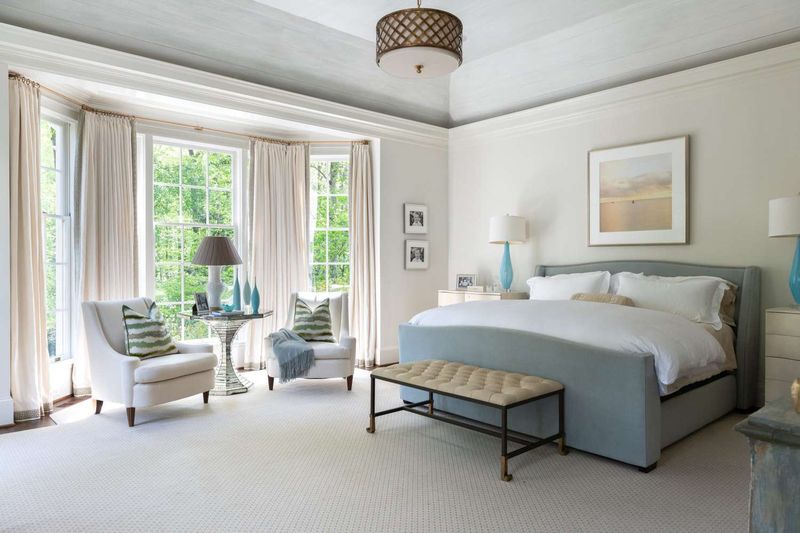
If you’re honest, that sitting area in your master bedroom probably holds laundry more than actual sitting. These spaces were marketed as luxurious retreats within South Carolina master suites, but most homeowners never use them as intended. The furniture sits empty while people relax in bed with their phones or watch TV from more comfortable spots.
Buyers today prefer using that square footage for larger closets, home offices, or exercise areas that serve real daily needs. A few chairs in the corner don’t add value if they’re just taking up space. Practical use of every room matters more than aspirational features nobody actually enjoys.
Your home should work for your actual habits, not imagined ones.
15. Builder-Grade Oak Cabinets
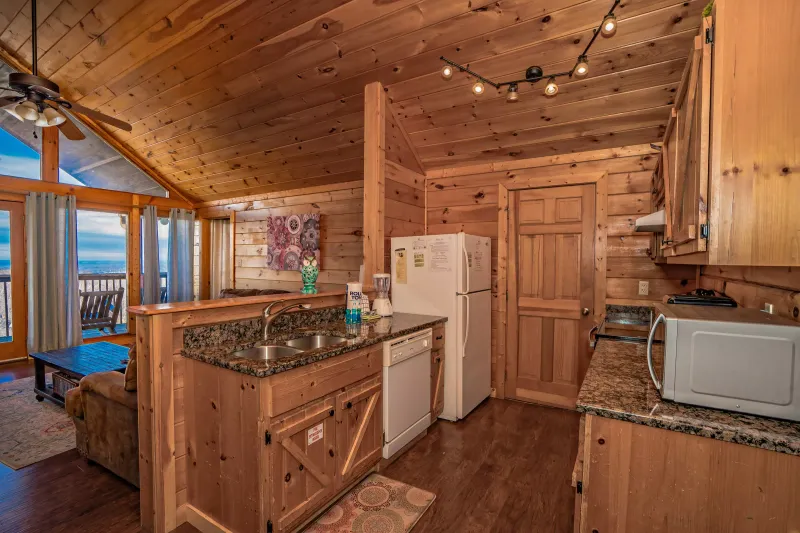
Though they were everywhere in the 1990s, golden oak cabinets now make kitchens look instantly dated. South Carolina builders used them as standard because they were affordable and durable, but the orange-yellow tone doesn’t work with modern color schemes. These cabinets also often came with raised panel doors and brass hardware, compounding the dated appearance.
White, gray, or natural wood-tone cabinets dominate today’s kitchens because they’re versatile and timeless. Many homeowners are painting their oak cabinets rather than replacing them, which updates the look affordably. Dark stains or two-tone combinations also breathe new life into tired kitchen spaces.
Cabinet color dramatically affects how current or outdated your kitchen feels overall.
16. Ornate Crown Molding
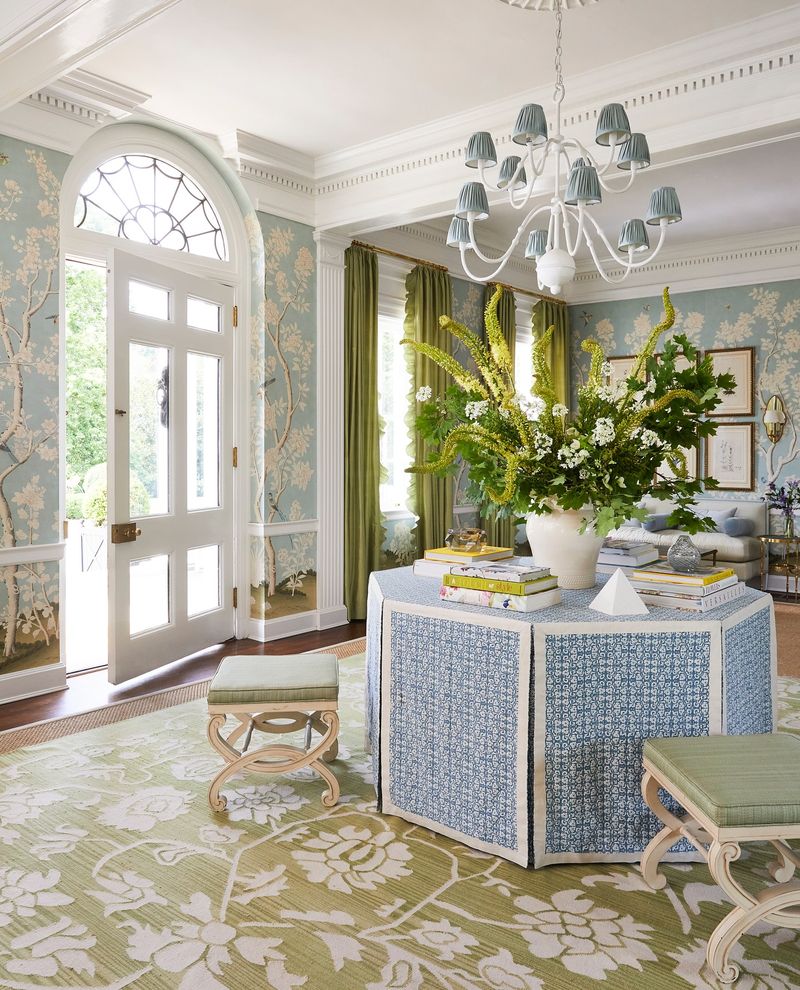
Where traditional homes featured elaborate trim work, modern buyers prefer cleaner lines. South Carolina homes from certain eras showcase crown molding so ornate it draws more attention than the room itself. Multiple layers of decorative trim can make spaces feel busy and old-fashioned, especially when painted in contrasting colors that emphasize every detail.
Simple, streamlined molding or even no trim at all defines contemporary design. When trim is used, it’s typically minimal and painted the same color as walls for a seamless look. This approach makes rooms feel larger and less cluttered, which appeals to buyers seeking calm, uncluttered spaces.
Sometimes architectural restraint creates more impact than elaborate ornamentation and fussy details.
17. Themed Rooms
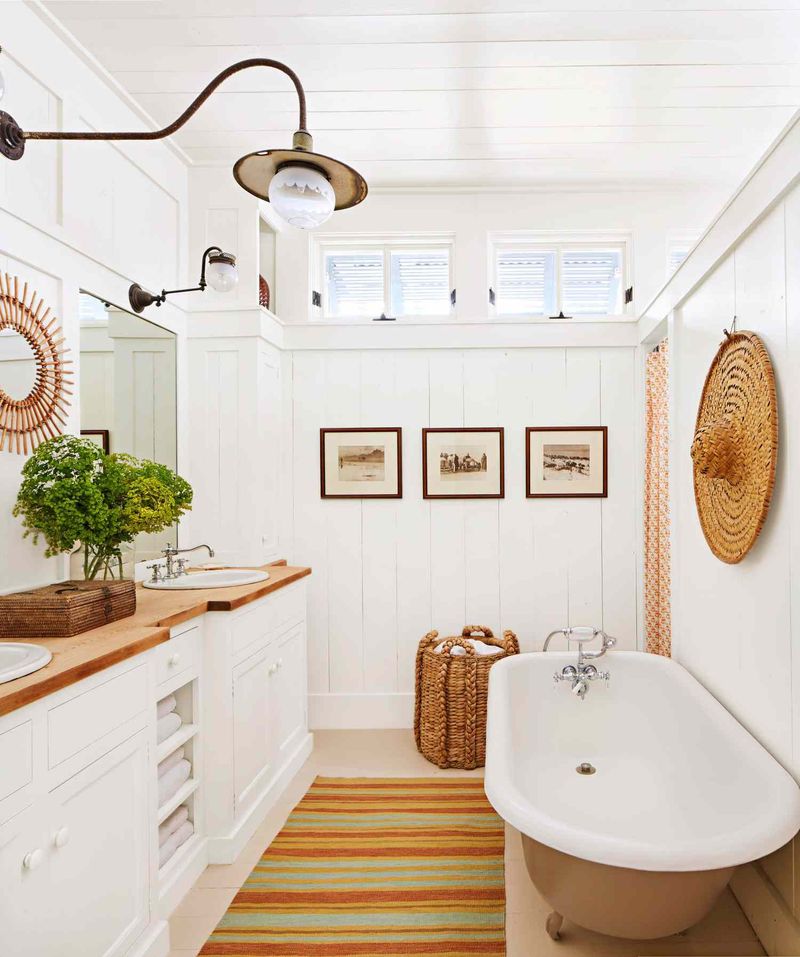
How do you feel about lighthouses in your bathroom or a jungle-themed kid’s room? Heavily themed rooms were popular in South Carolina homes, especially in coastal areas where nautical motifs went overboard. Built-in design elements like tile murals, custom paint jobs, or permanent fixtures limited how spaces could be used and made homes feel like novelty attractions.
Neutral foundations that allow for changeable decor give homeowners flexibility as tastes evolve. Kids grow up, and those cartoon characters painted on walls become expensive problems. Smart design accommodates personal style through furniture and accessories rather than permanent architectural choices that pigeonhole a space.
Flexibility and adaptability matter more than committing to one specific theme forever.
18. Oversized Furniture Built-Ins
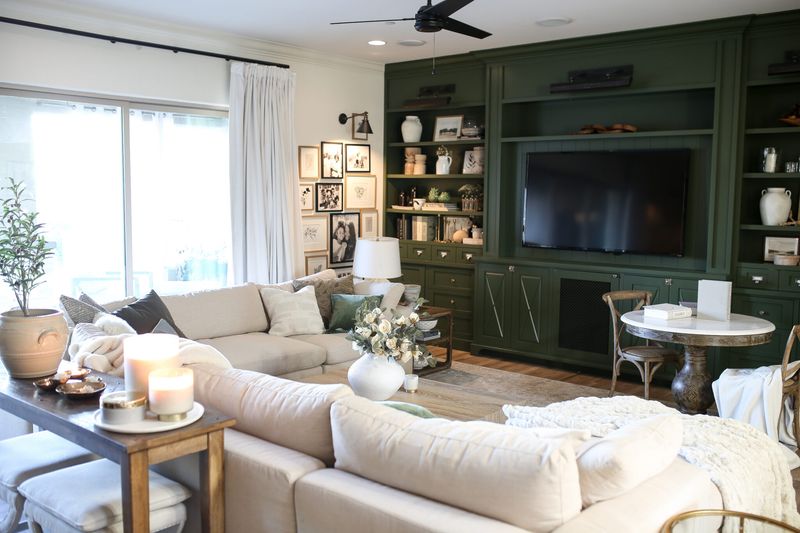
When giant tube televisions needed heavy furniture, built-in entertainment centers made sense. South Carolina homes from the 1990s often featured enormous custom cabinetry that dominated entire walls, designed around technology that’s now obsolete. These units can’t accommodate modern flat-screen TVs properly and make rooms feel cramped and dated.
Today’s minimalist approach favors floating shelves, simple TV stands, or low-profile media consoles that don’t overwhelm spaces. Technology changes rapidly, so permanent furniture built around specific devices quickly becomes problematic. Flexible solutions that adapt as needs change make more sense for long-term satisfaction.
Your furniture should serve you, not trap you in outdated design decisions permanently.
19. Vinyl Siding

It’s true that vinyl siding requires less maintenance than other options, but that doesn’t mean it’s what buyers want anymore. South Carolina subdivisions are full of vinyl-sided homes that all look remarkably similar, lacking the character and curb appeal that today’s homeowners crave. The material can fade, crack in extreme temperatures, and give homes a cheap, cookie-cutter appearance.
Fiber cement siding, natural wood, brick, or stucco exteriors are increasingly preferred for their durability and aesthetic appeal. These materials add texture and visual interest while often performing better in South Carolina’s humid climate. First impressions matter, and exterior materials significantly impact perceived home value.
Your home’s exterior sets expectations before anyone even steps inside the door.

